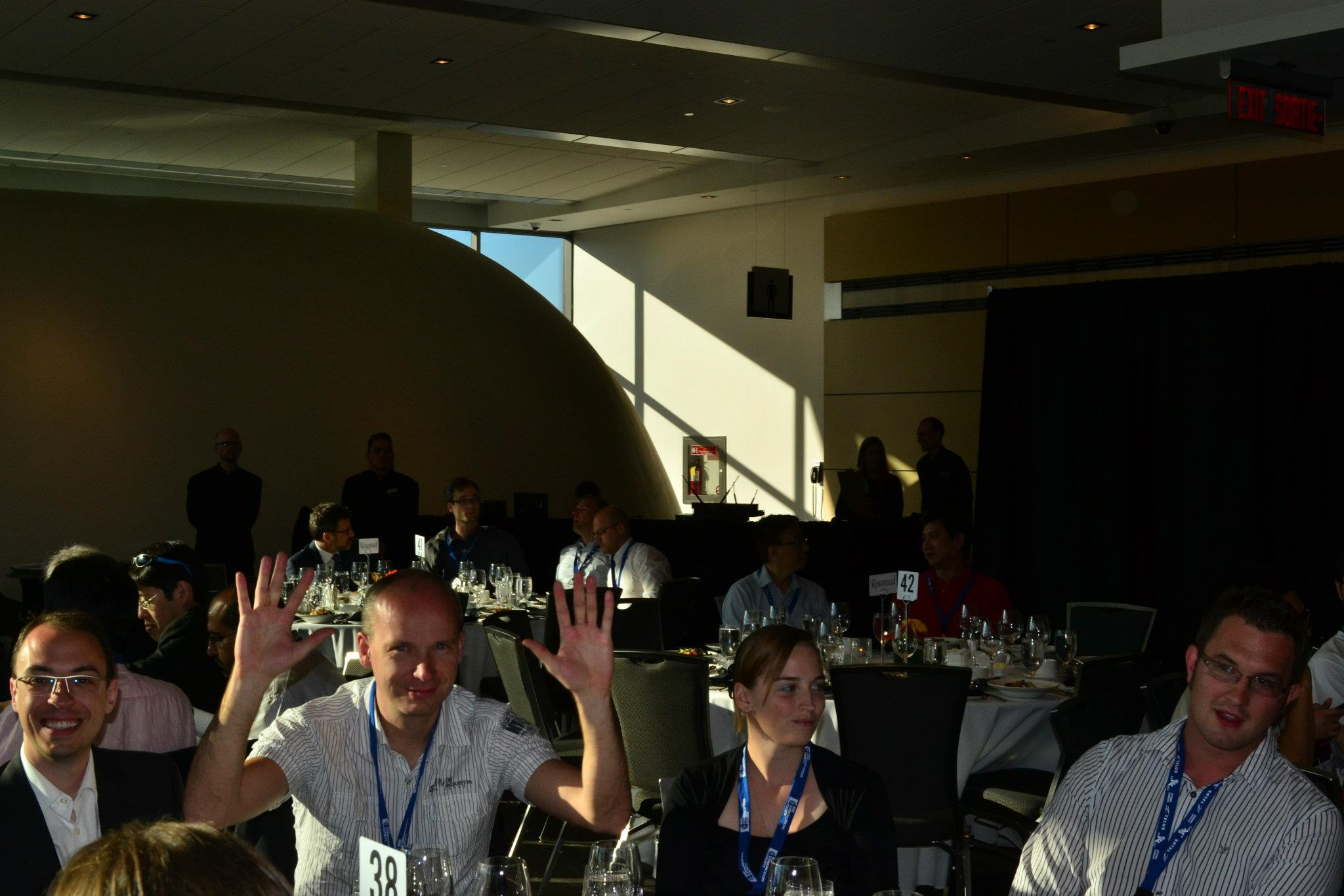Last week I presented a paper at IEEE ICC, and since its been a while since I have posted I thought I put up a bit of a summary about my work. For people who have looked at my site a bit, you might know my research is on Heterogeneous Wireless Networking (making wireless technologies work together seamlessly). The goal of my work is to enable devices with Bluetooth, Wi-Fi, 3G, 4G, LTE and future radios to be able to switch easily between connections or use more than one at a time. There are still many problems which make this impossible right now. For instance, if you are using Skype on a Wi-Fi connection on your phone and you leave a building and switch to the 4G network outside, chance are you will be disconnected from Skype (Seamless Handover is not supported).
Another problem may be a lack of co-ordination between radio access technologies (RATs). For instance, while Bluetooth supports adaptive frequency hopping (AFH) to try to avoid the same channels Wi-Fi is being used on, this may not be enough to ensure interference between the technologies is avoided. What happens when you are in a dense area where Wi-Fi is being used across all channels, or there are many devices? (Apartment buildings, dense cities etc.)
As you may know, lots of wireless research is done using simulation because in many cases it is faster and cheaper. Many simulation tools support interference within a particular technology (ie Wi-Fi nodes interfering with other Wi-Fi nodes) but not many support interference between technologies (ie Wi-Fi nodes interfering with Bluetooth nodes). The paper I presented at ICC tries to understand how much of an impact this makes.
I’ll spare most of the details since they are in the paper, but essentially the findings are that Wi-Fi -> Bluetooth interference causes a drop in around 10-15kbps of the total 50kpbs Bluetooth was able to achieve in our lab setup (About 30% drop).
In the other direction, the interference was mostly insignificant. However, this was expected since the setup used close ranges (Wi-Fi power is much greater than that of Bluetooth).
The future work includes looking at varying distances (It seems like it will be interesting when we use a range that makes the Wi-Fi and Bluetooth powers similar). Eventually the goal is to create an interference model that can be used in simulation. If you want more details – see the attached paper and slides.
[icc2012 (slides pptx)](https://web.archive.org/web/20140220061915/http://www.jasonernst.com/wp-content/uploads/2012/06/icc2012.pptx)
[icc20122 (paper pdf)](https://www.researchgate.net/profile/Jason-Ernst/publication/257960123_Co-channel_Interference_Modelling_Between_RATs_in_Heterogeneous_Wireless_Networks/links/00b495267d4e96346e000000/Co-channel-Interference-Modelling-Between-RATs-in-Heterogeneous-Wireless-Networks.pdf)
